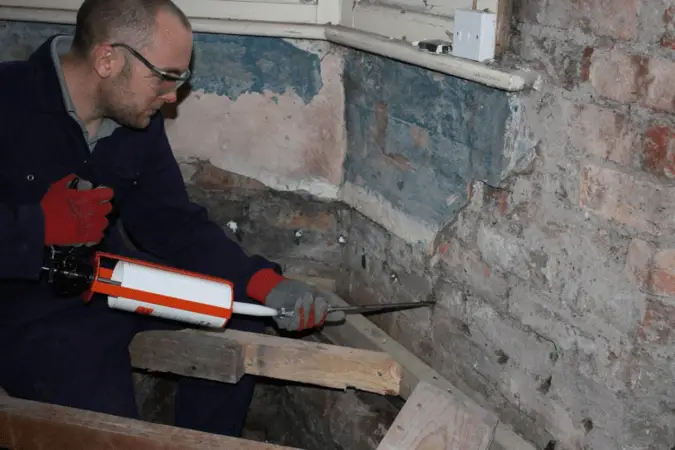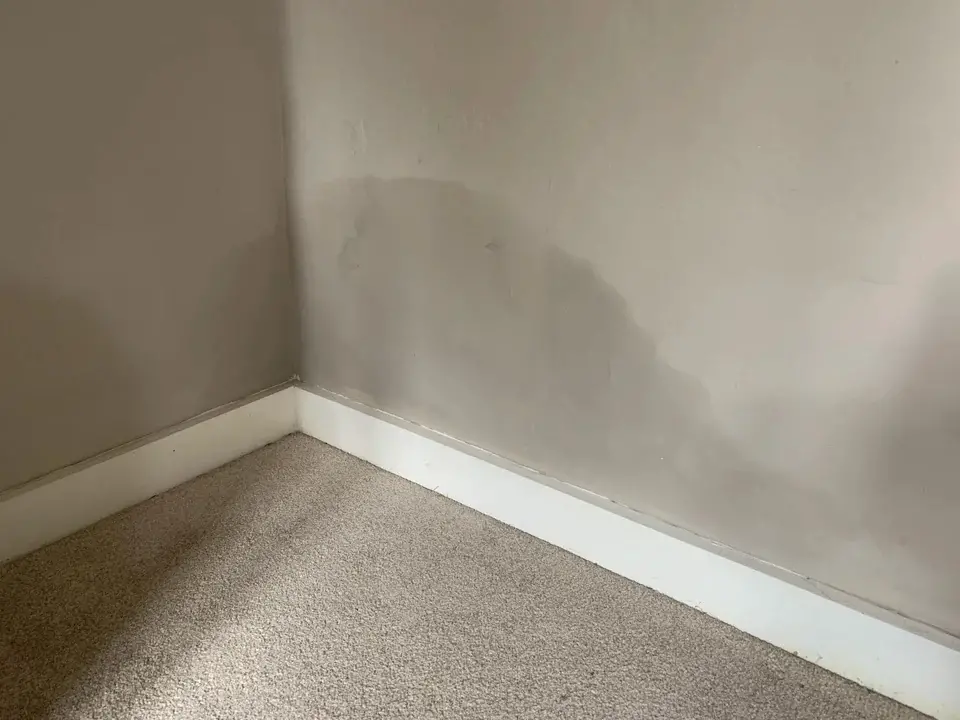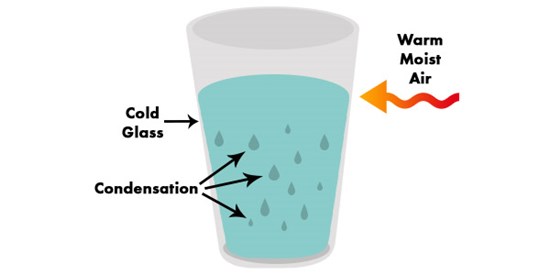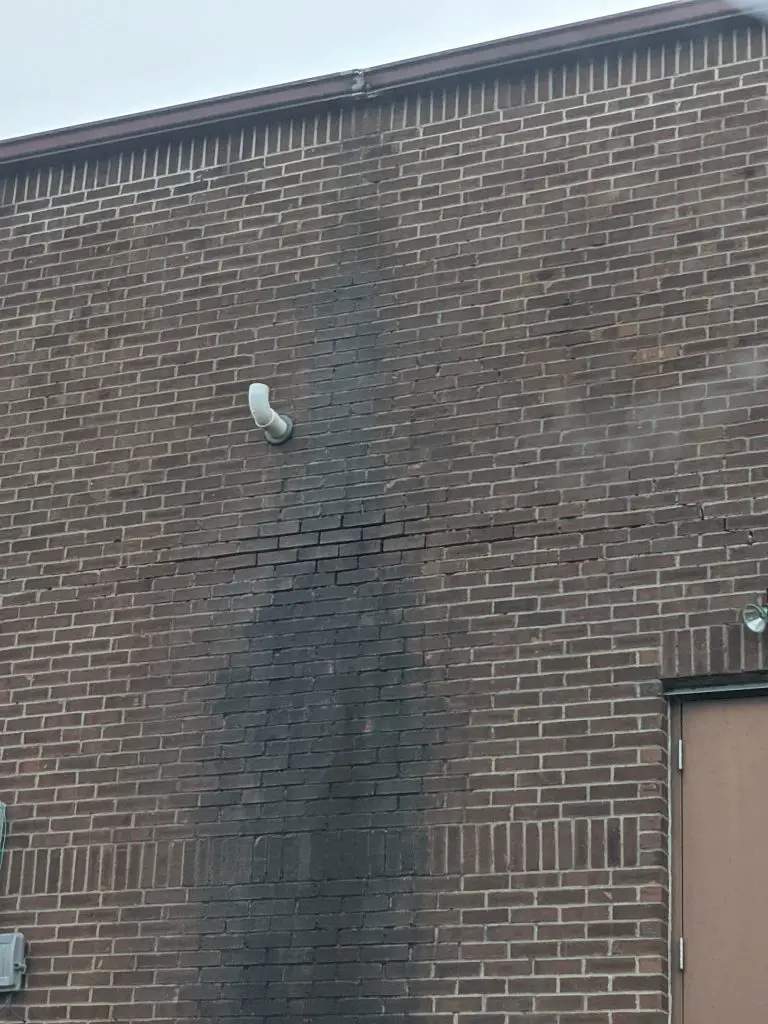How to treat Rising Damp in an old house – a misunderstood phenomenon
How to treat rising damp in an old house is a question often asked by frustrated owners of period properties. Any form of dampness can often be stressful and potentially expensive.
The objective of this guide is to arm you with more information about rising damp, why it occurs and importantly, how to treat it in your home.
First steps – what is rising damp?
Counterintuitively, rising damp is somewhat of a myth, which might seem rather bizarre given that the title of this guide is how to treat rising damp in an old house.
Damp, however, is not a myth and can often be pinpointed to a number of issues within your home, none of which make it magically travel up your wall. In most cases, dampness is caused by inadequate ventilation and condensation.
Unfortunately, the damping proofing industry has done a very good job of marketing rising damp and in most cases, the problem is not as scary as they would have you believe.
Even Stephen Boniface, the former chairman of the construction arm within RICS (Royal Institution of Chartered Surveyors) has previously told members that ‘true rising damp’ is a myth.
When a brick is submerged in water the moisture will rise up through the brick, however, when it reaches a mortar joint this causes the water to evaporate unless additional materials have been added which enables the moisture to bridge to the next brick and upwards.
Rising damp in old houses – do chemical injection damp-proof courses work?
To answer this question we look again to the former RICS chairman Stephen Boniface, who described chemical injection damp proof courses as “a complete waste of money.”
Unfortunately, chemical DPCs do not solve the root cause of the dampness, so may fix the issue temporarily but not in the long term.

It can often come as a huge shock for period property owners who receive a large quotation for a chemical damp proof course, which involves a series of injections and huge chunks of plaster removal.
We would strongly recommend against taking this course of action and instead getting a better understanding of what damp is, why it is occurring in your home and what steps you can take to solve the issue.
How to treat rising damp in an old house – what exactly is damp?
In old homes, damp tends to be a collection of recognisable symptoms which manifest in your period property.
There are a number of different symptoms such as flaky paint, salty walls, discoloured patches, mould and mildew and a damp smell. Often old houses with damp issues will have a multitude of different symptoms.

The first step in order to treat these symptoms is to get a better understanding of exactly what damp is.
Damp in all of its forms is due to mositure building on a surface, which in most cases is your lovely plastered walls. As this water lingers it results in various symptoms such as those listed above.
To get a better understanding of damp, we have to go back to our school chemistry lessons.
Water is both a gas and a liquid depending on the temperature and humidity of a room. When undisturbed, water as a gas can travel through breathable materials such as brick, concrete and wood amongst others.
The issue occurs when water as a gas is cooled, which causes it to turn into the liquid form we are more familiar with.
Once transformed into a liquid it can then linger on your bricks or walls causing some of the symptoms we’ve outlined above.
What causes damp in old houses?
Typically old buildings and homes were built with solid masonry walls, using breathable materials. Their construction differs from a modern wall which typically uses a cavity wall construction.
The issue with old houses and modern building materials is that they are not the most compatible. Modern materials often do not have the required breathability, which results in a direct conflict.
Temperature also plays a key role in creating dampness. If you remember water can travel through our walls as a gas happily unless it is cooled, which causes it to turn into liquid form. Cold temperatures can cause issues with condensation as the air hits a cold surface leading to a number of damp symptoms.

Along with internal factors such as poor ventilation and fluctuating temperatures, external factors can also play a role in creating damp patches in your home.
Issues with guttering can cause constant streams of water which can lead to internal damp issues. Vegetation and poor brickwork can also cause similar issues, along with concrete renders which don’t allow the exterior walls to breathe.

As there are so many potential causes of damp, we’ve created a how to treat rising damp in an old house checklist, which should help you pinpoint the potential causes of dampness in your home.
How to treat rising damp in an old house – the checklist
Before going through the checklist there are a few important tenants to remember. Moisture control is one of the keys to controlling dampness in your home so always have ventilation and breathability in mind.
The first step we will take to remove damp in your period property is to look at external factors:
- Guttering – identifying broken or blocked gutters is crucial, as streaming water will lead to internal damp issues. It’s best to check your drains during rainy weather to identify any water running down your walls rather than travelling through the drainage system. Often a simple drain unblocking procedure can do wonders for the condition of your walls in the long run.
- Brick Condition – this point involves two steps, initially, you should look for areas of vegetation growing on or around your brickwork. This includes plants and things like moss which grows in between damaged bricks. The second step is to identify areas where the pointing (cement in between each brick) has worn away. For both parts of this step, you should look to clean and if necessary repair the pointing. Typically scrubbing away vegetation with a bleach spray should help kill things like moss before you repair the pointing.
- Cement Render – one potential causes of damp is external cement renders which are causing the bricks below to sweat and retain moisture. In these circumstances, it is best to seek a damp specialist who specialises in old homes, as fixes tend to be more complicated and not something that can typically be done without specialist help.
- Raised External paving and flowerbeds – older properties were typically built with slate damp-proof course, which stops moisture bridging from lower bricks up into the walls. It is important to ensure the damp-proof course is not covered with vegetation, raised paving or a flower bed. Lowering the surrounding area around the damp-proof course enables it to work as it was intended and will help it drain more effectively.
Once you’ve checked your building exterior you can now move inside and look at internal factors.
- Temperature – keeping old houses adequately heated is a key way of fighting off excess humidity. The key is to not let the house get too warm or too cold. Typically running your heating at 15 degrees c all day is recommended. Now with the recent increase in energy prices, this might seem extreme, however, modern boilers are designed to run in this manner. Rather than having to use large amounts of energy to reach higher temperatures, keeping a consistent temperature all day is remarkably energy efficient. Keeping your old home warm enables the walls to retain their heat, which avoids water condensing on cold spots, creating further damp symptoms.
- Ventilation – this is a very important part of keeping your period property dry. Ensuring windows are open and any closed chimney breasts have air vents fitted, will help regulate the airflow throughout the house. Older properties also tend to have an air brick installed to aid with ventilation, ensuring this is not covered both internally and externally will further maintain the airflow around your home.
- Breathable materials – with old homes it is important to think carefully about the materials used on your walls and in your home. Modern gypsum plaster isn’t designed for old-period properties. Instead, it’s better to use breathable materials like lime plaster and clay-based natural paints.
- Extractor Fans – controlling humidity is one of the key factors when trying to get stubborn dampness under control. Installing mechanical ventilation such as a bathroom extractor fan will help. Other areas such as the kitchen also generate large amounts of moisture and humidity during cooking, so the use of an extractor fan in this area is a great way of managing humidity.
- Dehumidifiers – although dehumidifiers do not treat the causes of dampness, they will help take excess moisture out of the air and help manage the situation periodically during the winter for example when damp conditions tend to spike.
Treating rising damp in old houses can often be a question of trial and error using a combination of the options above depending on the situation in your home.
Unfortunately, the process of treating rising damp will also likely take weeks rather than days so unfortunately an overnight fix is not likely. This is because it takes time for walls to properly dry, meaning you will not see instant results.
The key is fixing rising damp is to under exactly what damp is. This will allow you to treat the causes and not the symptoms. If you’d like to learn more about other types of damp which affect old houses such as condensation dampness or penetrating damp, please see our treating damp in old houses page.

Leave a Reply